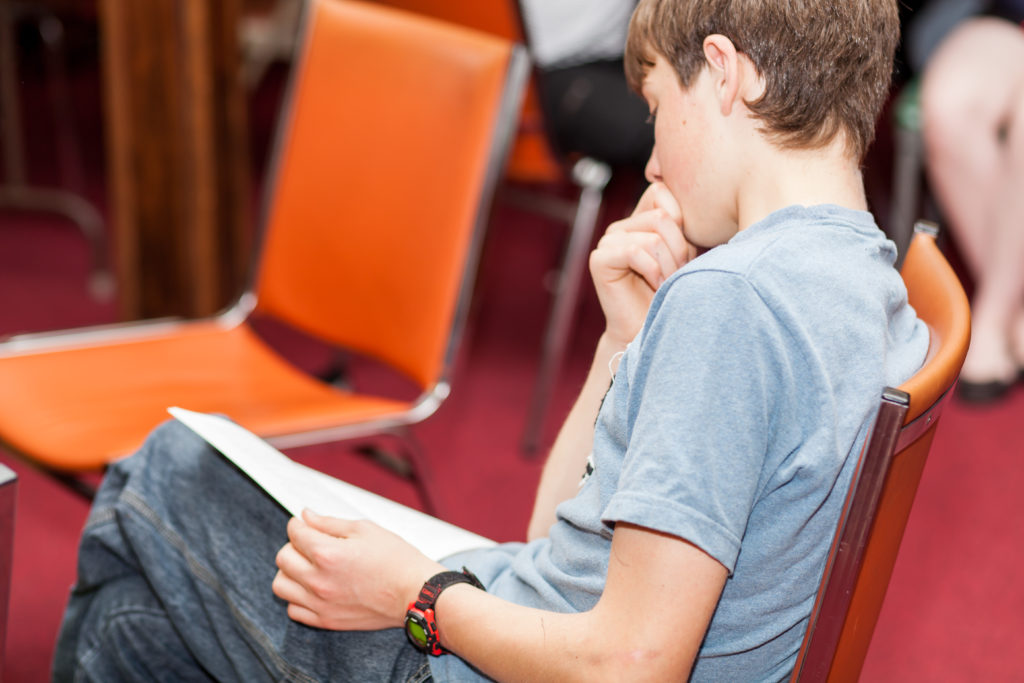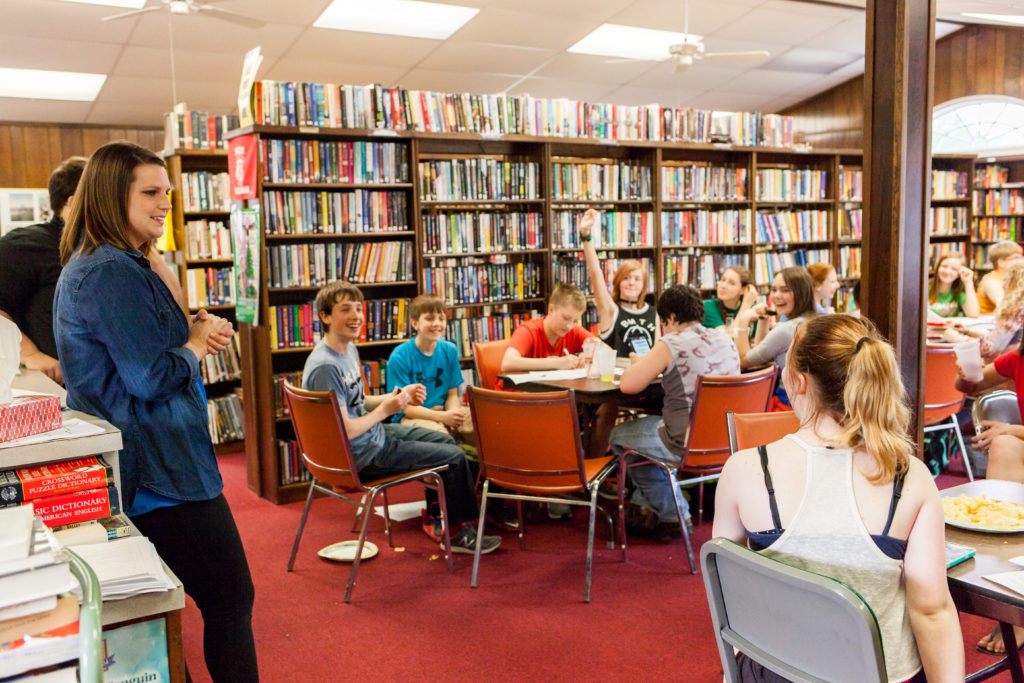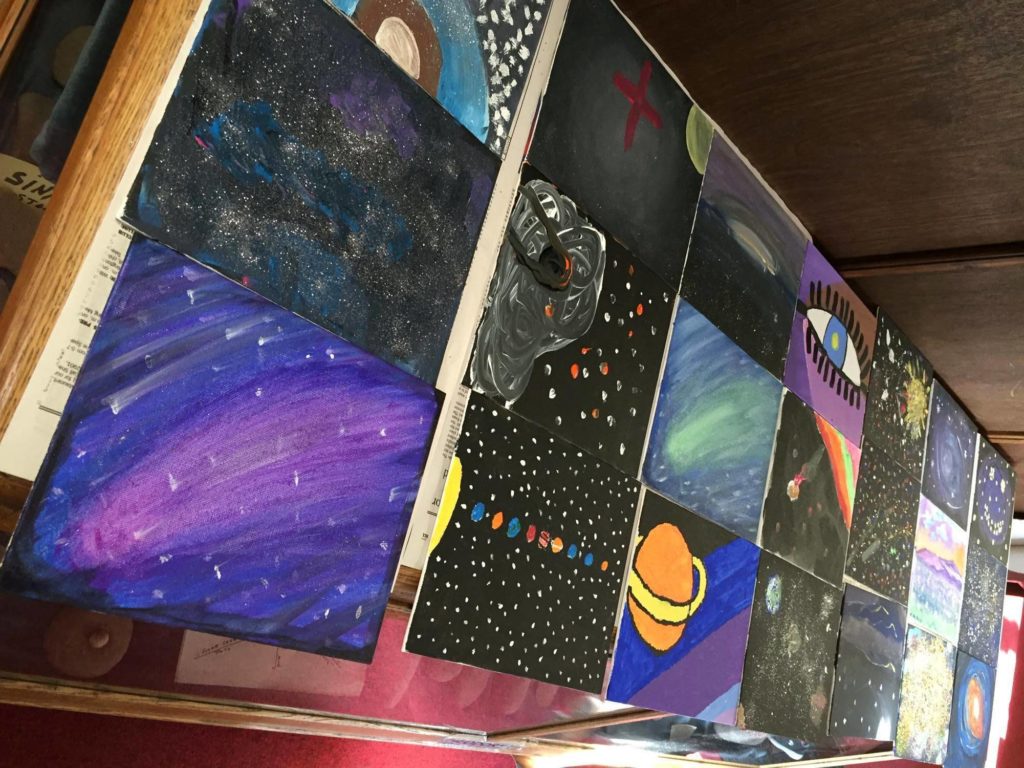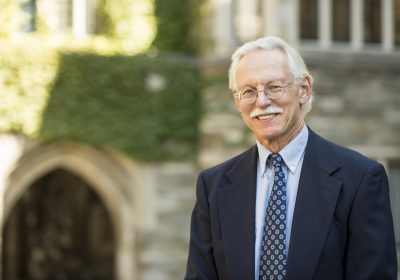Teen Reading Lounge Spotlight: Allen F. Pierce Free Library
Kay Barrett launched the Teen Reading Lounge at Allen F. Pierce Free Library in Troy because she recognizes teenagers as essential to the lifeblood of the library.
“I love my library,” says Barrett, who is Allen F. Pierce’s assistant librarian, “and that’s why I can say without a doubt, if we do not make this a welcoming place for our youth, we do not have a future.”
Like all too many libraries, Allen F. Pierce was having some trouble with Troy’s young adult population.The library staff had hosted a few programs for teens here and there, but couldn’t quite seem to get the attendance they wanted. For a while, they didn’t even have a young adult section, and books that usually fit into the young adult genre were shoved unceremoniously into the juvenile section or into the adult section.
But through Barrett’s monumental efforts, this scene transformed. In fact, she and Teen Reading Lounge facilitator Pamela Mihalik were stunned to see as many as thirty-two young people looking back at them during some days of the program!
Allen F. Pierce’s Teen Reading Lounge was an undeniable hit with local teens, and this was proved by more than just the impressive attendance record. The program’s ability to connect the humanities to the STEM field, as well as its dual focus on creativity and civic engagement, gave the teens an opportunity to explore connections that are rarely made for them in school.

Aliens, Apocalypse, and Outsiders
Science fiction’s power comes from its ability to articulate problems of the present. This is why dystopian literature and science fiction play such a large role in many of the Teen Reading Lounge programs: these books give teens a chance to explore philosophical concepts in a fun and engaging way.

Allen F. Pierce’s program was no exception, and it kicked off with Rick Yancey’s The Fifth Wave, a popular young adult sci-fi novel that had a recent film adaptation. This enabled them to discuss how communities can thrive only on a foundation of trust and whether one can be human without the essential ability to trust others.
Next, they looked into the world of Pittacus Lore’s I Am Number Four, another thrilling book about survival in the face of seemingly insurmountable odds. The protagonist acts and appears to be human while really being from another planet, inspiring even more discussion and debate about what it means to be human.
Finally, they discussed Austin Aslan’s The Islands at the End of the World, a unique apocalyptic book set in Hawaii, which engages with such themes as human interaction with the environment, Hawaiian culture and mythology, and disability and ability.
This diverse set of literature allowed the teens to reflect not only on what it means to be human, but on what it means to be an outsider in society, a theme that can be readily applied to culture, politics, and current events—and to the teens’ own lives and communities.

Back to the present
Pamela Mihalik found herself with the tricky question that many Teen Reading Lounge facilitators face: how can these humanities tasks be applied to the teens’ present-day realities? What will serve as a link between the future and the present? For Allen F. Pierce, art and STEM intersections became the crucial link between their theoretical humanities discussions and civic engagement.
This artistic streak in the program was present from the very first sessions. When discussing The Fifth Wave, the teens were introduced to a special guest artist who talked about his craft while leading an activity where they drew characters from the text as comic characters, enabling them to think creatively about representation and adaptation.
Art, astronomy, and civic engagement were combined in their final project. Inspired by pictures of space taken by the Hubble telescope, the teens painted space-themed canvases that were donated to patients receiving chemotherapy at the Robert Packer Hospital Cancer Center
The program culminated in a field trip to Carnegie Science Center in Pittsburgh to reinforce the connections between STEM and the humanities made within the program.
Barrett and Mihalik decided on the theme “Across the Universe” because, according to Barrett, “space itself is so diverse and the world of sci-fi raises wonderful questions about humanity and diversity.”
This theme of diversity underpinned their literary, artistic, and astronomy activities and encouraged discussion by allowing the teens to look at themes and topics from new perspectives.
Barrett and Mihalik were also conscious of the most consistent demographic of their previous teen programming, which consisted almost entirely of young women. While they encouraged participation from boys as well, they hoped that they could help promote STEM learning to young women in particular, since they are less likely to benefit from that kind of programming in school.

The future of young adults in the library
The success of Allen F. Pierce’s Teen Reading Lounge proves that teens often do want to be involved in this kind of programming, and it is just a matter of providing them with the opportunity and the framework to do so.
Unfortunately, teens are often seen as a population that is undesirable to libraries, and they can acquire a negative perception that is based much more on stereotypes than on reality. Programs like Teen Reading Lounge can serve as a powerful antidote to these stereotypes: “They need people to respect them, listen to them, support them, and show them that they are an essential part of our town,” says Barrett. Once they are supported properly, teens can quickly demonstrate that they “are intelligent, emotional, creative, and blessings to us as much as we are to them.”
The teens demonstrated this not just through their participation in the humanities-focused aspects of Teen Reading Lounge, but through their ability to engage the broader community in their program. These entrepreneurial teens used yet another art form— cooking— to fundraise, since their program brought in at least double the anticipated number of teens. They hosted bake sales, potlucks, and, most notably, a Chili Cook-off, which motivated members of the community to cook and bring their chili to be judged by the testers. The teens used the bonding powers of food to show their commitment to the program and that young people do want to be involved in their communities.
Two of the main goals Barrett pursued through Teen Reading Lounge were to make Allen F. Pierce a popular destination for young adults and to contribute to teen services in the greater community. This program has undoubtedly brought Allen F. Pierce much closer to those goals, and this upgrade to teen services will be a boon to the rest of their programming— and not to mention, a boon to the greater community of Troy as a whole.
Learn more about Teen Reading Lounge and participating program sites across the state.
Photos by Carrie L. Geer–CLG Photography.

![[color – dark bg] PA SHARP FINAL FILES DB 72dpi [color - dark bg] PA SHARP FINAL FILES DB 72dpi](https://pahumanities.org/uploads/files/elementor/thumbs/color-dark-bg-PA-SHARP-FINAL-FILES-DB-72dpi-phgl7aimtfdpzt2rscvl43ksfv3asbbls19lsvuacw.jpg)


